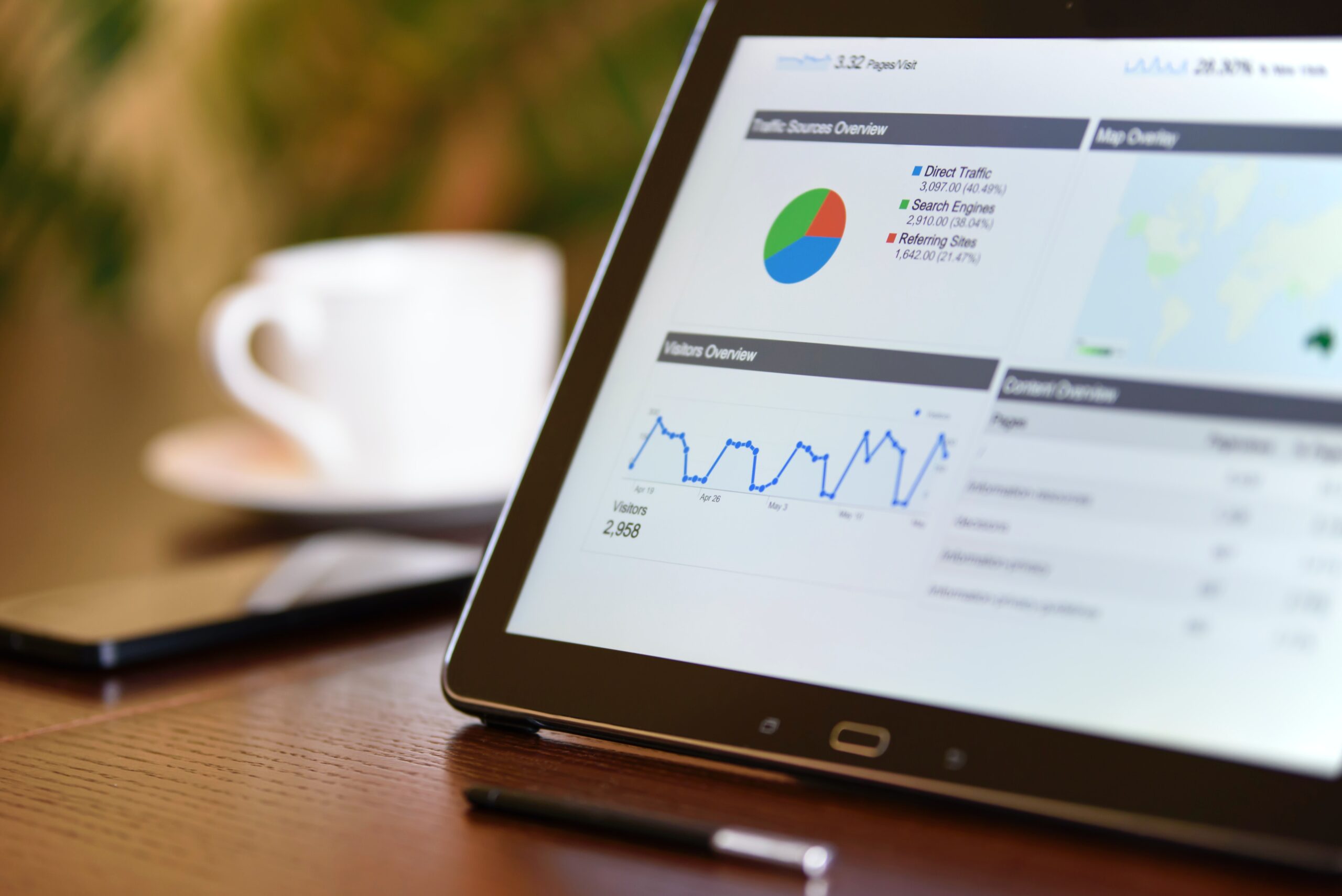
New Analytics Software: The Advantages of Google Analytics 4
In early 2022, Google updated its primary analytics tool. We have tested the updated version and share the differences between Google Analytics 4 and Universal Analytics, as well as the useful features introduced in the program.
Updates in Google Analytics 4
Google Analytics 4 (previously App+Web Analytics) is the latest version of Google’s analytics tool. It’s a relatively new resource type that focuses on user actions and tracks the user journey across various platforms. It is designed for users who need to combine data from both websites and mobile apps.
The primary distinction between GA4 and previous versions is the data measurement model. Universal Analytics employs a measurement model based on “sessions + page views.” In contrast, GA4 employs a “Event + Parameter” measurement approach. Each user contact is treated as an event. This model improves behavior prediction and allows you to monitor user-centric activities across your websites and apps, such as page views, traffic, and engagement.
Google Analytics 4 was originally released to improve privacy standards and ensure compliance with the General Data Protection Regulation (GDPR) rules. Third-party cookies were used by Universal Analytics to track users and gather data. However, with the rise of cookie blocking, new privacy laws, and increased ad blocker usage, UA began to experience significant data gaps. To gain access to user behavior and traffic data while preserving user privacy, the new GA4 employs a machine learning model rather than cookies.
Google Analytics 4 vs. Universal Analytics
The main difference between Google Analytics 4 and Universal Analytics is the data collection concept. While Universal Analytics collects data based on page views, Google Analytics 4 focuses on events. This is the main benefit of Google Analytics 4.
Google Analytics 4 has changed the key principle of tracking and reporting. Universal Analytics was built around sessions, but the new version of the tool is all about events. This doesn’t mean that developers have completely abandoned sessions, but reporting will now be collected differently. For example, to calculate session duration, the time between the session_start event and the user’s last event must be considered. Therefore, data in Google Analytics 4 and Universal Analytics may differ.
The event structure has changed as well. Previously, each event had a hierarchy of transmitted parameters: Event Category > Event Action > Event Label > Event Value. Now, instead of a hierarchy, there’s only the event’s name. If desired, specific parameters can be transmitted along with the event, but they must be registered separately in the Google Analytics 4 interface to be used in reports. In the updated version, events can be created, modified, merged, overwritten, or marked as conversions within the resource itself.
Another new features in GA4 is artificial intelligence prediction. This application of AI allows you to identify data patterns and anticipate outcomes such as increased demand, churn rate, potential revenue, conversion probability, and purchase interest. With insights like these, you can make data-driven choices and forecast your audience’s future behavior.
There are numerous other advantages to AI forecast in GA4. It closes data gaps caused by users refusing cookies due to the cookie consent policy. These gaps are filled by grouping users who share comparable characteristics and behaviors into cohorts. The behavior of each cohort is then monitored in order to make future predictions.
Cross-Channel Data-Driven Attribution Model

In Google Analytics 4, there are many attribution models. Attribution is the process of assigning value to conversions, various ads, clicks, and factors along the user’s path to conversion. An attribution model can be a rule, a set of rules, or a data-driven algorithm that determines how the value of conversions is assigned to audience interaction points with content.
Google Analytics 4 offers a set of fixed-rule models for redistributing conversion value among multiple ad interaction points. In the updated version, Data-Driven cross-channel attribution based on data has been introduced. It differs from standard models: instead of using static values to determine the value of conversions, calculations are based on algorithms. This attribution model uses machine learning to distribute credits. The distribution is tailored for each conversion based on the account’s historical data. As models continually improve, this feature automatically adapts to performance changes across different interaction point categories.
Prospects for Implementing Google Analytics 4
Google Analytics 4 is the next step in the evolution of analytics. Whether to take this step now is up to each individual. In the past, websites installed Classic Analytics, and later, Google Analytics Universal. Now, all websites are created according to a specific standard, which provides for the installation of Google Analytics 4. Google itself foresees a bright future for the tool.
Universal Analytics will be wrapping up by the 1st of JUly, 2023. Therefore, we highly recommend creating and configuring a Google Analytics 4 resource, which can collect historical data in parallel with your existing Universal Analytics property.
Google Analytics 4 is actively being improved—16 updates were released in 2022 alone. This tool will undoubtedly become a leading analytics solution for websites and apps.





